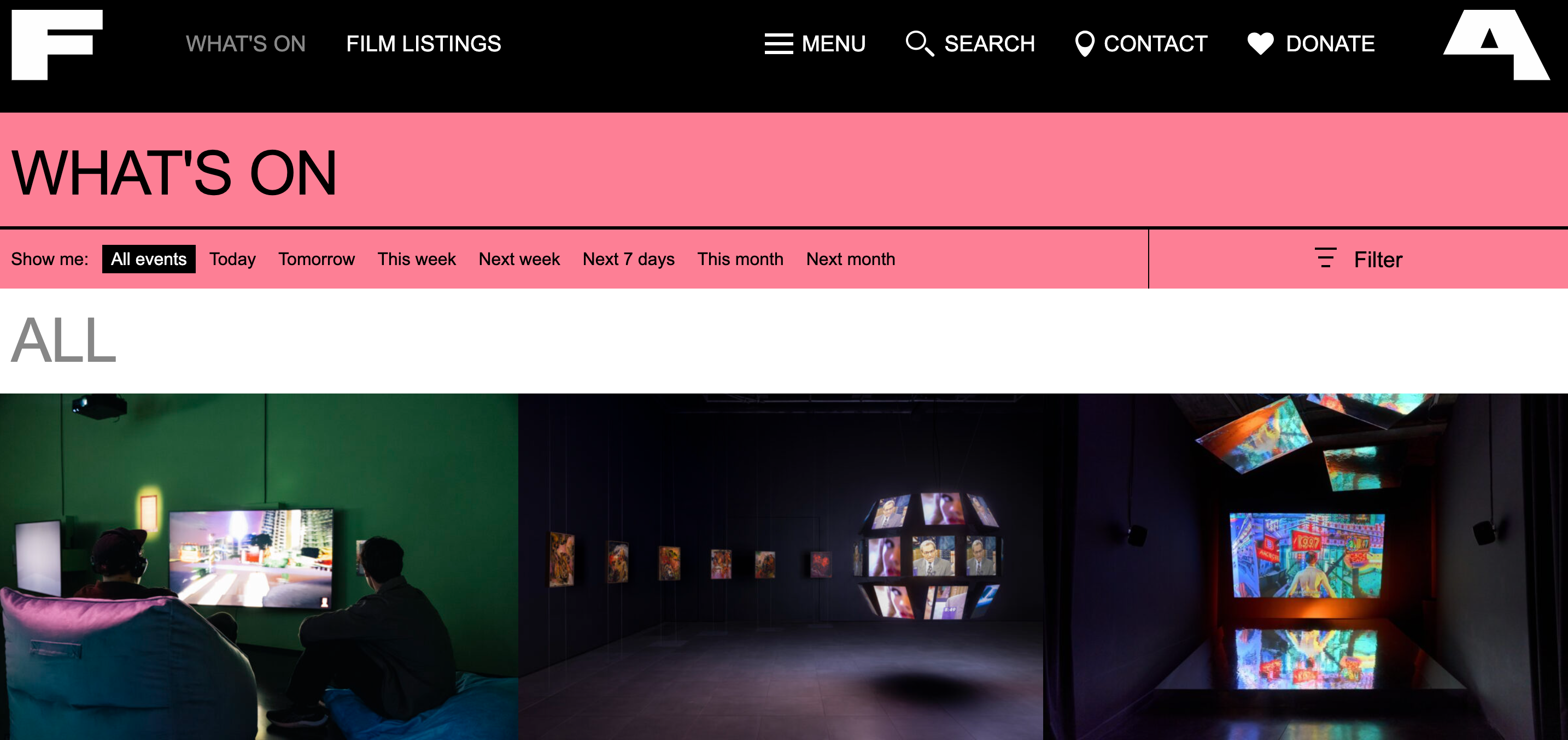WEEK10 PUBLICS AND PUBLIC PROGRAMS
![{"source_type":"douyin_beauty_me","data":{"stickerId":"","appversion":"12.0.0","playId":"","os":"ios","activityName":"","infoStickerId":"","capability_key":[],"product":"retouch","effect_id":"tool","enter_from":"enter_launch","capability_extra_v2":{},"filterId":"","effect_type":"tool","pictureId":"B3F5D3AA-87D8-4BF8-B970-50BB4BD3D0F1","imageEffectId":""}}](https://blogs.ed.ac.uk/s2670174_curating-2024-2025sem2/wp-content/uploads/sites/11207/2025/03/IMG_3372-scaled.jpg)
This week’s seminar on Publics and Public Programmes challenged the neat myth of the ‘public’ and instead invited us to think about plural, politicised publics – mobile, relational and often in tension. Rather than seeing the audience as passive recipients, we explored how public projects can be radical instruments of co-creation, resistance and care. These challenges are inspiring not only for my curatorial work, but also for the collective of which I am a part.
One of the biggest takeaways was this: there is no singular public. Projects like Fruitmarket Gallery’s Night Walk for Edinburgh used digital platforms and urban space to invite different publics into layered, participatory experiences. Meanwhile, Arts & Heritage’s Meeting Point empowered marginalized voices to shape heritage narratives from the inside out. These models remind me that true engagement isn’t just about who shows up—it’s about who’s shaping the narrative.
Another brilliant idea came from FACT and Nicola Triscott’s radical pedagogical model. Their hybrid approach – combining exhibitions with public inquiry and transparent documentation – turns institutions into living laboratories. I’m intrigued by this. It got me thinking about whether in my SICP I could also synchronise some of my public inquiry research with exhibition openings and use them as part of my research. Eventually, making the results public.
For us as a collective, this suggests that we need to rethink structures and spaces. One-off events are not enough – we need embedded partnerships and long-term trust. For example, we need to adopt a rotation of facilitators in different collective meetings. A proposal for each meeting – whether approved or not – it should be part of the discussion. We respect the voice of each of our peers.
Finally, week 10 made me realise that publics are not fixed, they are formed through action, trust and friction. We are not planning for publics, we still need to learn to understand them.
References
Cardiff & Miller. Night Walk for Edinburgh. Accessed March 28, 2025. https://cardiffmiller.com/walks/night-walk-for-edinburgh/.
FACT. Field Recording & Listening with Sara Wolff. Accessed March 28, 2025. https://www.fact.co.uk/event/field-recording-listening-with-sara-wolff.
FACT. What’s On. Accessed March 28, 2025. https://www.fact.co.uk/whats-on.
WEEK10 PUBLICS AND PUBLIC PROGRAMS / Tianyi Chen / Curating (2024-2025)[SEM2] by is licensed under a
WEEK10 PUBLICS AND PUBLIC PROGRAMS / Tianyi Chen / Curating (2024-2025)[SEM2] by is licensed under a






